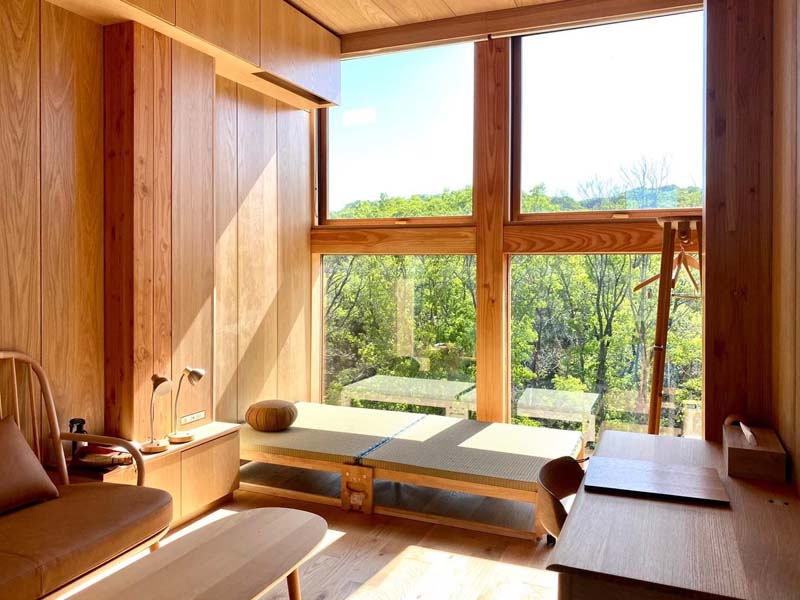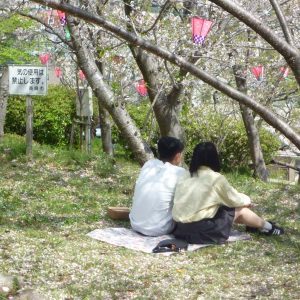In the UK, when we think of wellness, we think for the most part of luxury spas offering massages and facials, all fluffy robes and delightful smells. This, though, is not the only approach to the concept of wellness and, in Japan, as I discovered on a recent visit, they do things very differently.
Above all, there’s cleanliness. Japan is probably the cleanest place I have ever been. There is no litter whatsoever – but also no bins on the streets either. How does this work? Everyone simply takes their rubbish home with them and disposes of it there. They would never think of dropping a food wrapper on the pavement and cleanliness here is pretty close to godliness – so, before you enter a Buddhist temple, you always wash your hands in the fountain outside and replace your shoes with slippers.
It’s no surprise then that at the heart of wellness in Japan is the bath house. This is not, though, the kind of bath to take your shampoo and shower gel. Before you even get into the bath, you need to be thoroughly clean – everyone showers punctiliously first and there is usually someone there to make sure that you do! When you do enter the bath itself, you will not be alone. While most bath houses are single sex, be prepared to mix with strangers who will not be wearing a swimsuit. There are a few places where you might be allowed to wear one but this is generally frowned upon. It is instead a place to relax, chat and absorb the benefits of heat and, often, therapeutic minerals.
The most widespread Sento bath has more than just one bath as a rule – hot, cold, sometimes very hot! You move between them as you would between a shower and a sauna as a way of stimulating circulation. Other baths, known as onsen, use hot spring waters that are full of minerals and, given that Japan is a volcanic country, there are around 20,000 onsen to be found, often as part of traditional Japanese inns, or ryokan. Sentos, on the other hand, don’t have spring water but super sentos may have an onsen not to mention saunas and a whole variety of baths as well. There’s a Spa World in Osaka that offers these facilities or Spa LaQua next to the Tokyo Dome.
These are very much a part of city life, but out in Setouchi province, some three hours by train from Tokyo, you can experience the bath house as part of the Japanese tradition at a ryokan or traditional inn. If you are staying in a traditional ryokan, you will be provided with slippers (you can remove your shoes at the entrance) and you will often find a yukata, a casual style of kimono, in your room. While this was originally made for wearing after bathing, it is usual to wear the yukata all of the time you are in your hotel, including at meal times, and even outside in the street. The yukata is usually made of cotton and held in place with an obi (belt) tied at the front. This sits at the waist for women and on the hips for men. At this time of year there is often a yukata coat, too, thickly padded to keep out the cold and very cosy it is, too.
Azumi Setoda
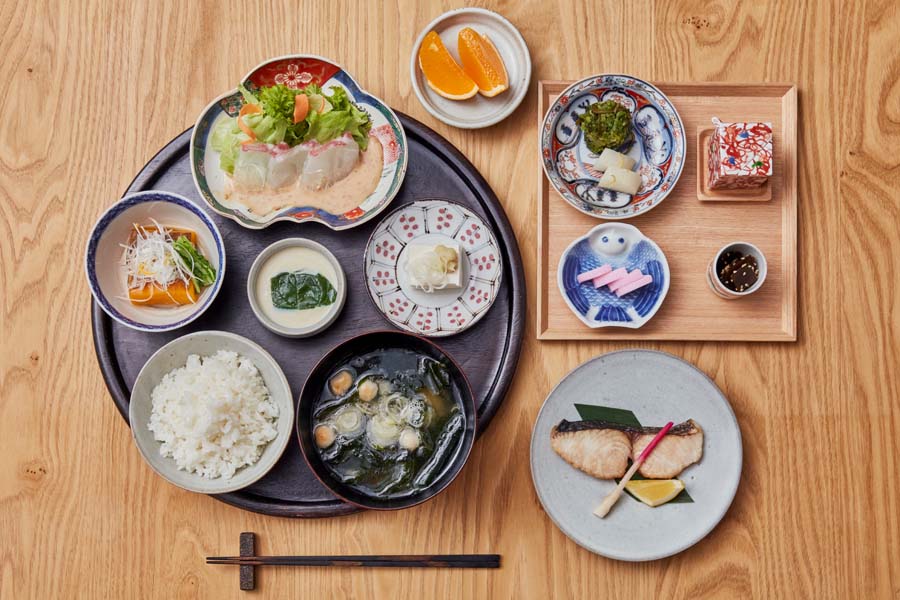
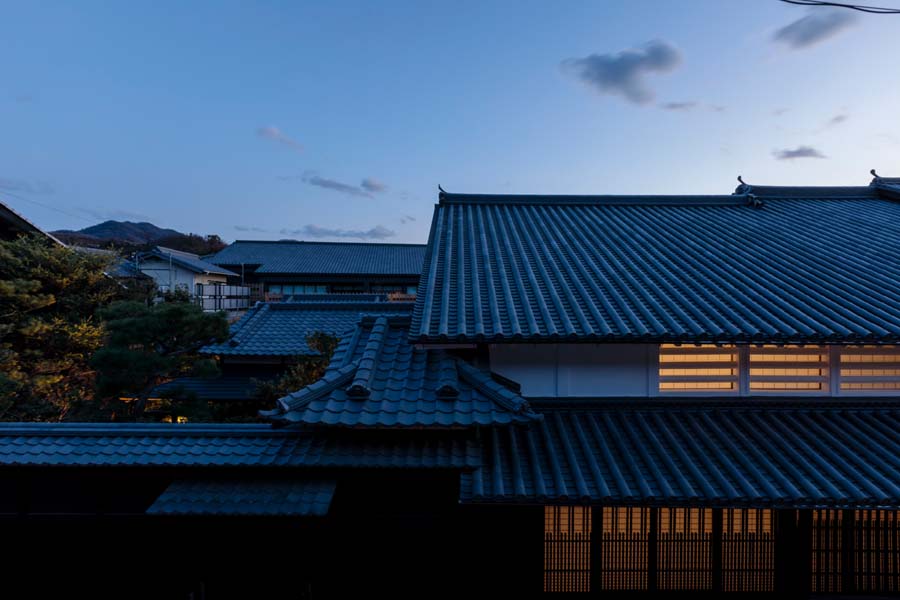
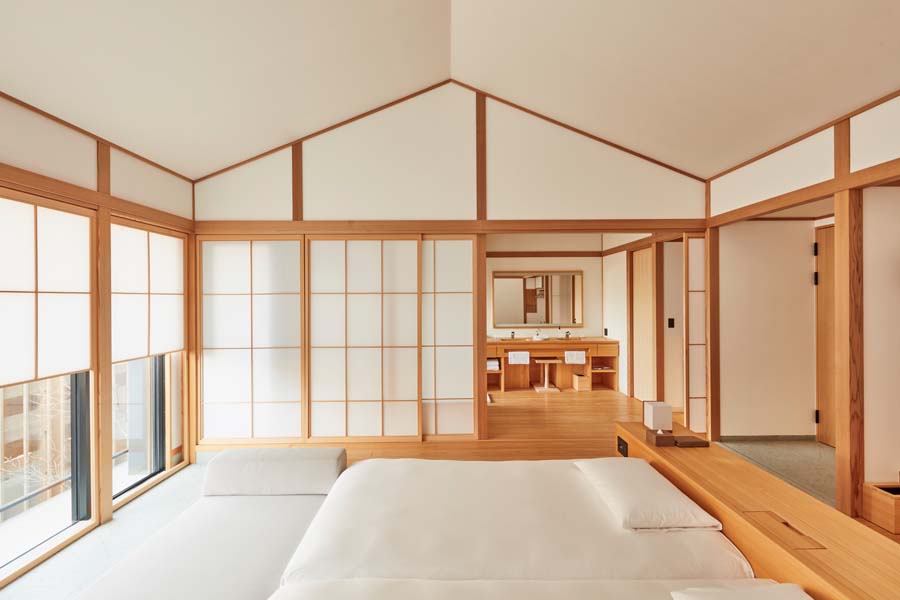
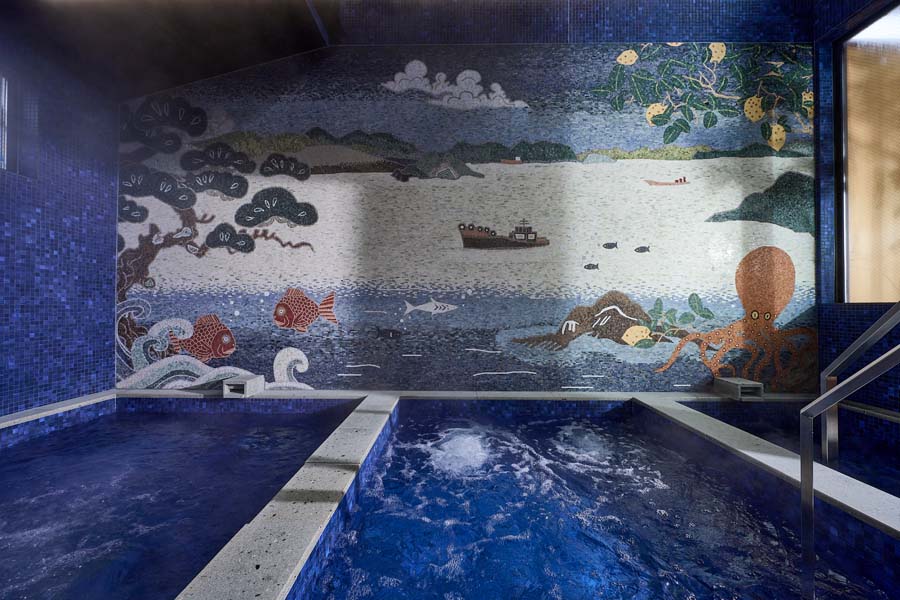
At Azumi Setoda, for instance, there were two bath houses, one tiled blue and the other grey and they swap on a daily basis so men and women get to try out both. The ryokan itself is quite lovely, traditional in some ways and super-contemporary in others. My room featured a wall of windows looking out on to private a garden and, inside, it combined Japanese minimalism with contemporary comfort.
It’s not the only way in which Japanese bathrooms are different! The loos are even more impressive than the baths. Their lids open as you enter, the seat is always warmed and they all have a bidet function combined. For a week after my return, I was disappointed every time I went into my own bathroom!
Zenbo Seinei
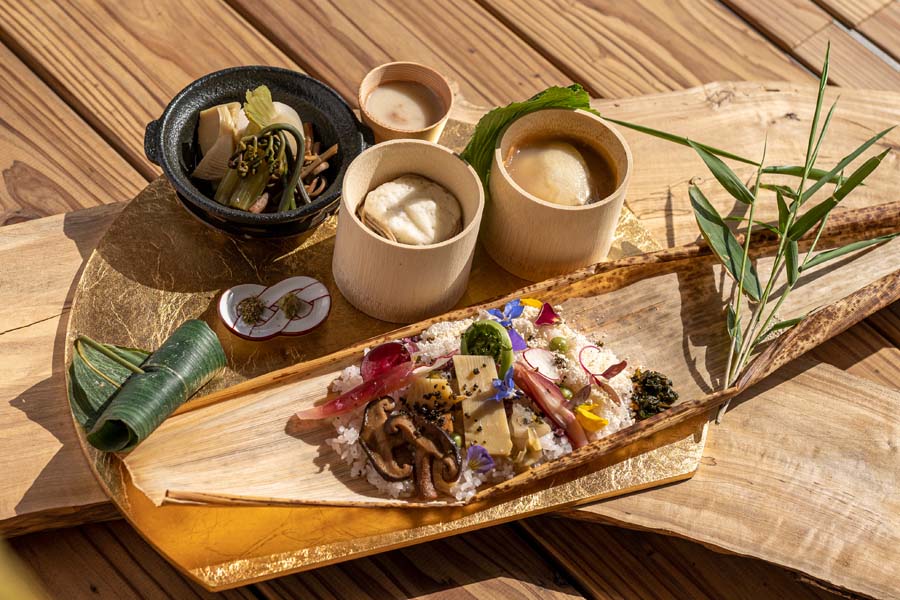
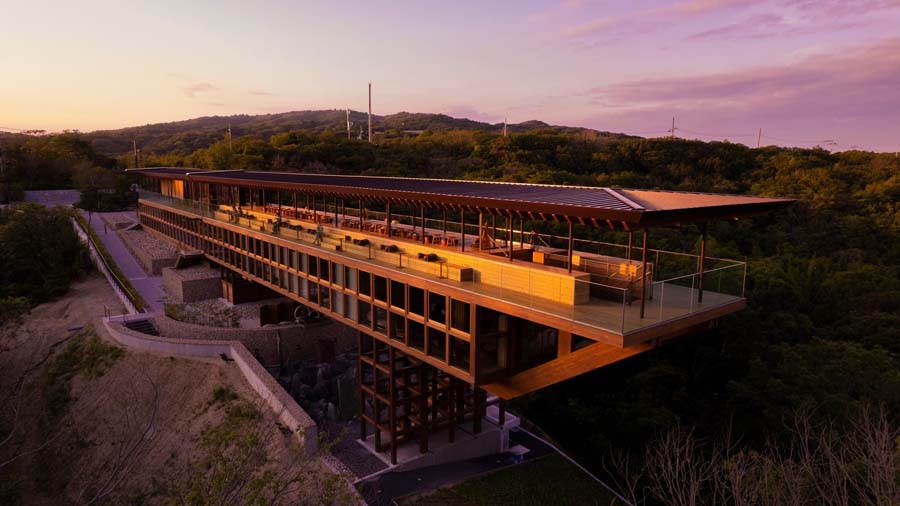
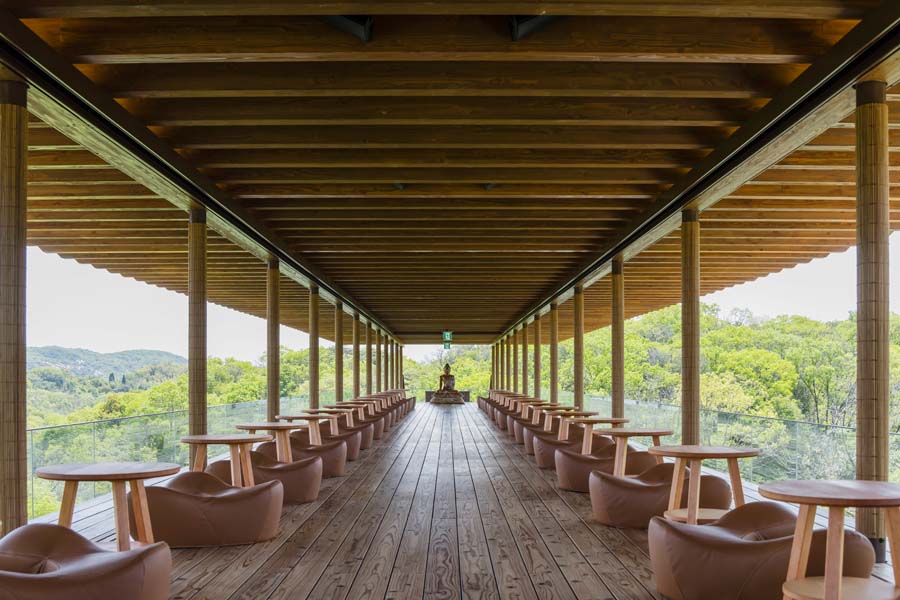
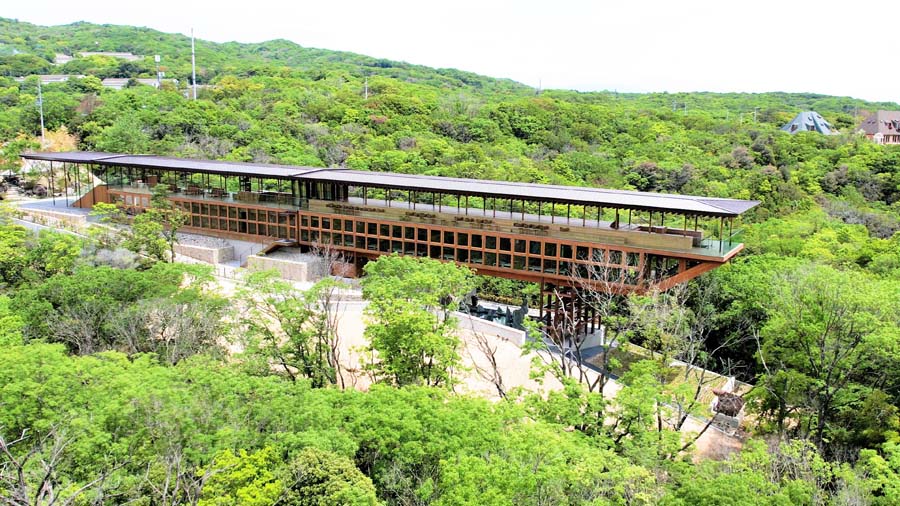
There was a lovely bath house, too, at Zenbo Seinei on the island of Awaji and this is a place devoted to Japanese wellness from the inside out. The food is vegan, the use of phones and laptops is discouraged (it’s the place for you if you want a full digital detox) and they practice techniques such as calligraphy and tea ceremonies (with bitter matcha tea) to stimulate the ability to exist purely in the moment. More conventionally, they have yoga classes in a vast rooftop room looking out across the forested hillsides and, most importantly, Zen meditation because Japanese wellness is as much about the mind as it is about the body. Meditation is not easy for most westerners to master but the teacher, Miao, guided her small class, easing us into the process. And, for those who find it hard to sit and focus, she introduced us, too, to the concept of walking meditation – basically, you walk very, very slowly feeling the contact of foot with floor…
Walking (of a more orthodox kind) is also a part of wellness here as the Japanese love nothing better than walking in beautiful parks and gardens. It was the Japanese who coined the term “forest bathing” in the early 1980s. For once, this has nothing to do with a bath. Instead, it’s about immersing yourself in the beauty of nature and appreciating the moment. This “living in the present moment” approach is all part of the Japanese idea of mindfulness and you’ll find it recurring in ceremonies from flower arranging (kado) to tea ceremonies (sado) to the remarkable performances you’ll find of Noh theatre.
Of course, the Japanese approach to food is central to wellness and one of the things you notice in Japan is that obesity is not a problem. Food is beautifully presented – lots of dishes with tiny quantities of delicacies of fish and vegetables, fresh ginger and noodles, miso soup and chestnut “sweets”. Apart from tempura, you won’t find any fried food here and even meat is a comparative rarity (except for that super-tender wagyu beef, of course).
Wellness in Japan is, perhaps, a state of mind. The endless politeness and patience of the Japanese rubs off on visitors surprisingly quickly and it’s easy to take pleasure in your surroundings from Buddhist temples to Shinto shrines, the calm waters of the Seto Inland Sea to the ever-present mountains. Walking around a lovely Japanese garden, ablaze with autumn colour, an elderly lady passed by and summed it up nicely. “Please enjoy our special Japanese culture,” she said.
Where to stay in Setouchi
Next steps:
Our Silver Travel Advisors can suggest a range of escorted tour holidays in Japan which include visits to traditional baths and tea houses, as well as explorations of Tokyo, Kyoto, Osaka and other major cities. Japan is a country that full of natural beauty and cultural fascination. Call 0800 412 5678 to find out more, get a quote and make a booking.
